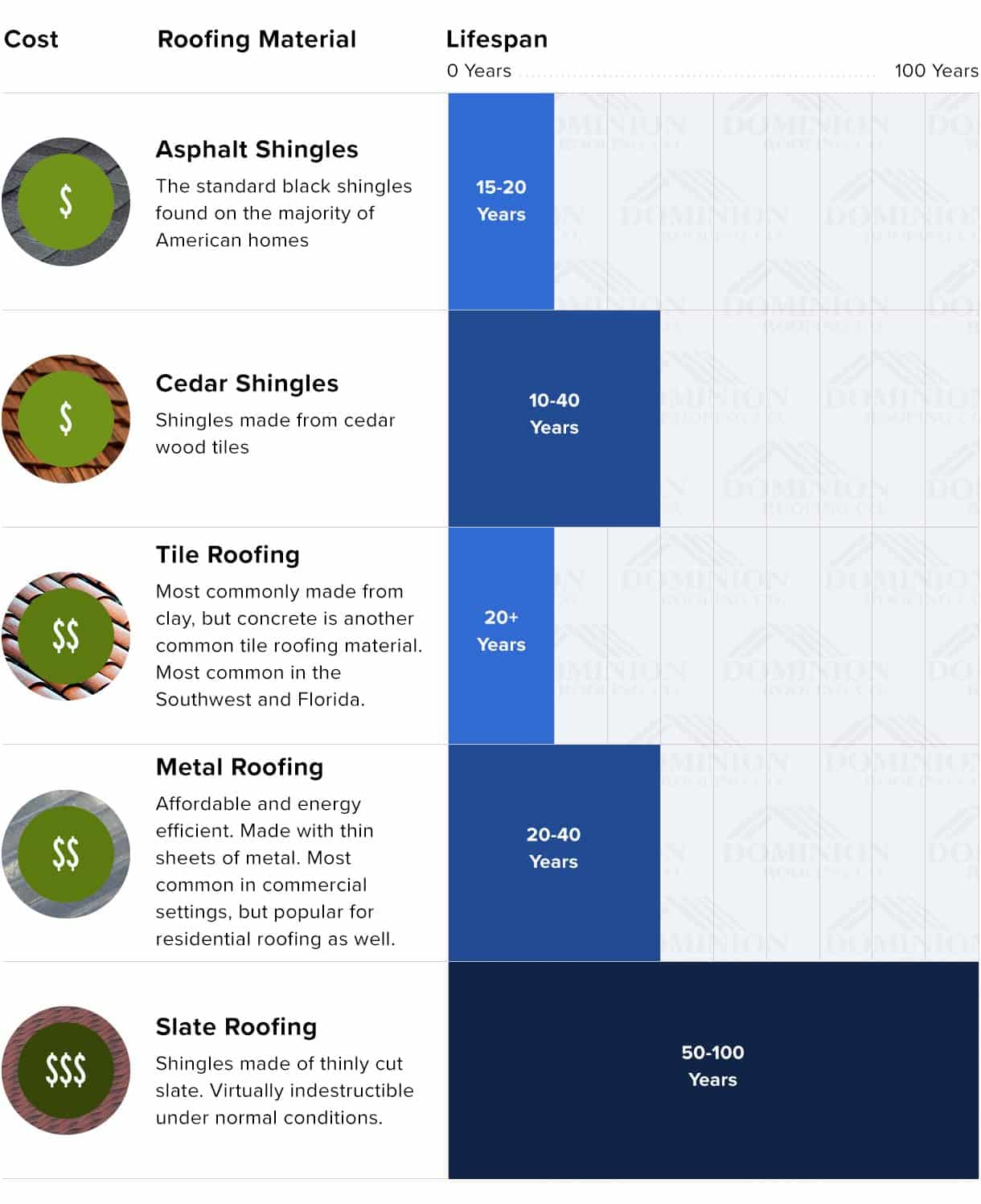Finding Roof Covering Damages Early To Avoid Significant Issues
Finding Roof Covering Damages Early To Avoid Significant Issues
Blog Article
Team Author-Schneider Kent
To shield your home from possible expensive fixings, recognizing roofing damages early is crucial. By watching out for subtle indicators like missing tiles or water stains, you can catch problems before they get worse. Yet what regarding visit the up coming article ignored locations that could mean concealed problems prowling above you? Keep tuned to discover essential pointers for spotting roof damage before it escalates into a major frustration.
Early Warning Signs
Finding roofing damages early can save you money and time. One crucial early warning sign to keep an eye out for is missing or damaged roof shingles. If you notice any type of roof shingles that are split, curling, or completely missing, it's necessary to deal with the concern promptly. These damaged roof shingles can leave your roof covering vulnerable to leaks and more damages.
One more indication to seek is water stains on your ceiling or wall surfaces. These spots can indicate a leakage in your roof covering that needs prompt focus. Neglecting these water spots can cause more substantial and pricey repair work down the line.
Additionally, be on the lookout for any type of indicators of drooping or sagging locations on your roofing system, as this might show structural damages that needs to be dealt with promptly.
Outside Inspection Tips
On a regular basis examining the outside of your roof covering is essential for keeping its stability and determining possible damages early. Beginning by analyzing the shingles-- seek any missing out on, cracked, or crinkling roof shingles, as these can be indications of roofing system damage.
Check the rain gutters for granules from the tiles, as too much granule loss might represent aging or weathering. Focus on the blinking around vents, chimneys, and skylights, ensuring they're tightly sealed and without splits.
Seek indicators of moss, algae, or mold growth, as these can bring about roof covering degeneration if not addressed promptly. In addition, evaluate the fascia and soffits for any water stains or rot, which can signal water damages.
Finally, examine the overall condition of your roofing system from the ground, seeking any drooping locations or noticeable dips. By conducting these exterior evaluations consistently, you can catch roofing damages early and avoid it from becoming a significant problem.
Inside Warning
When inspecting your roof for potential damage, do not overlook the significance of checking the interior of your home. Interior red flags can typically be early signs of roof covering problems that require interest.
Start by analyzing your ceilings for any type of water stains or discoloration, as these might signal a leak in the roof covering. https://menardssteelroofing17384.atualblog.com/38619626/frequent-mistakes-in-roof-covering-setup-and-techniques-for-avoidance to evaluate is the attic, where indicators of water damage, mold and mildew, or mildew might show a roofing issue.
Pay attention to any kind of musty smells or a visible rise in humidity degrees, as these can likewise be indications of water invasion from a damaged roof covering. Furthermore, sagging areas in the ceiling or wall surfaces ought to be taken seriously, as they could be an outcome of water damage deteriorating the structure.
If you notice any of these indoor warnings, it's vital to have an expert roofing contractor evaluate the scenario quickly to stop additional damages and pricey repair work.
Final thought
By remaining alert and consistently checking for very early indication of roof damages, you can avoid small issues from becoming major issues. Watch out for missing out on or damaged roof shingles, water stains on ceilings or wall surfaces, and any type of drooping or sagging areas on the roofing. By resolving these concerns without delay, you can save yourself from costly repairs and guarantee your roof covering remains in good condition for several years ahead. Stay aggressive and protect your home from prospective damage.
